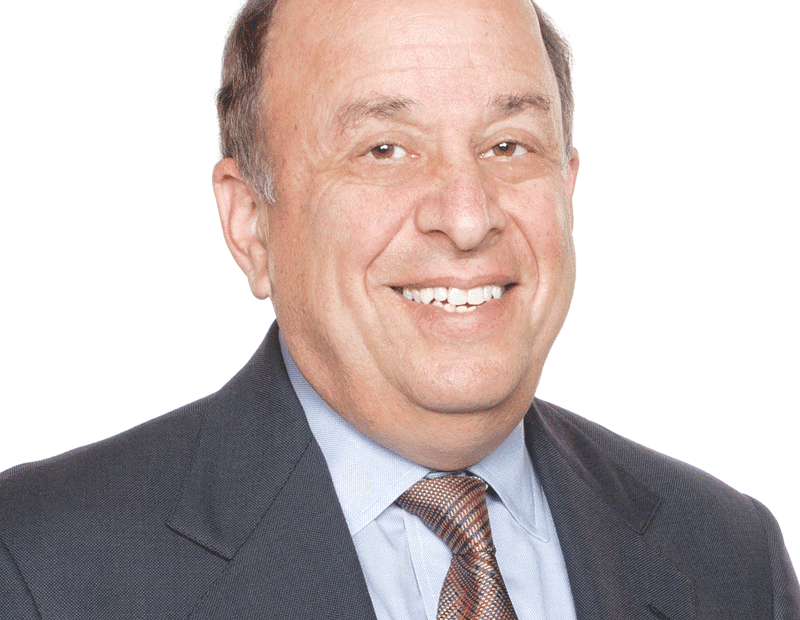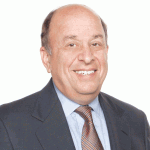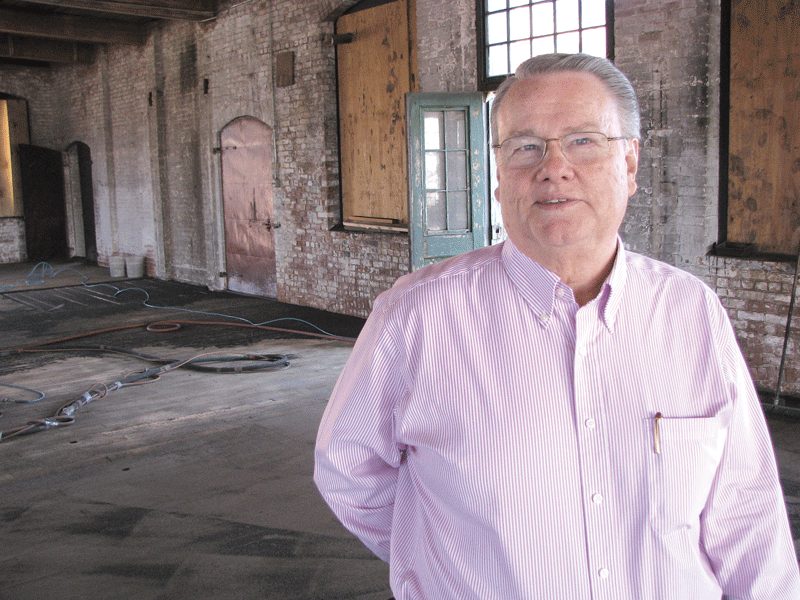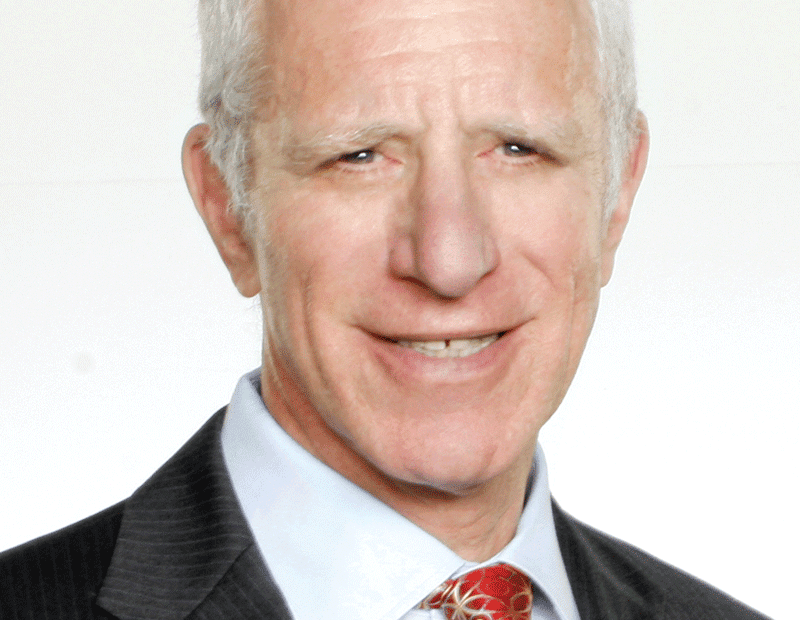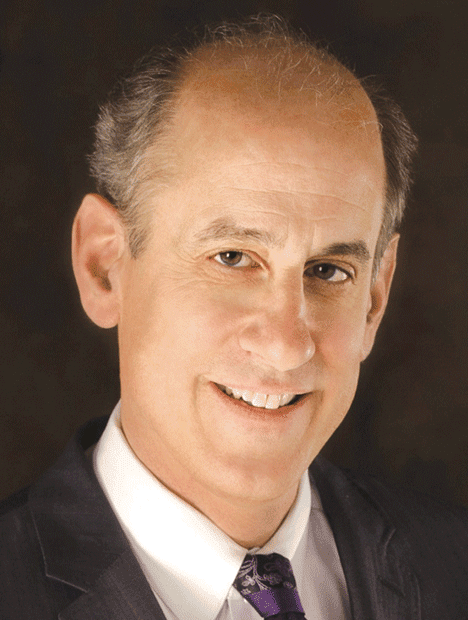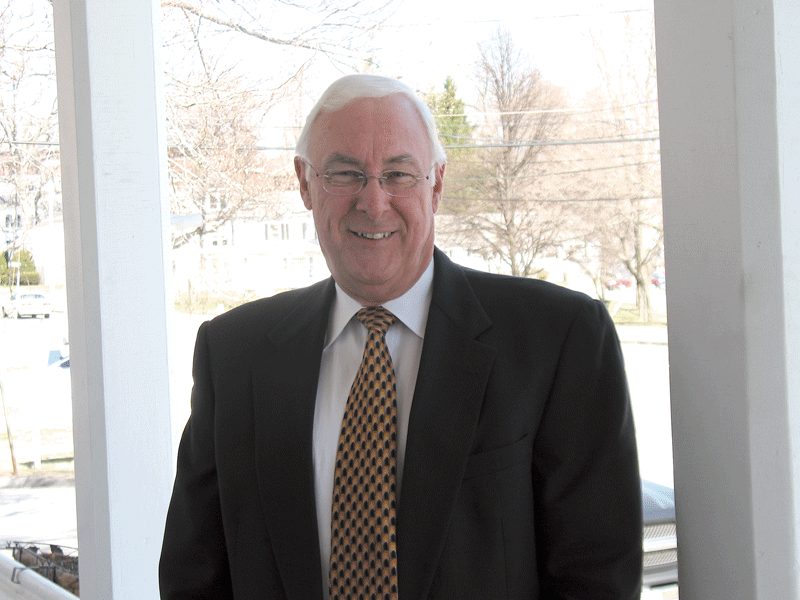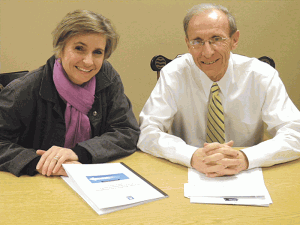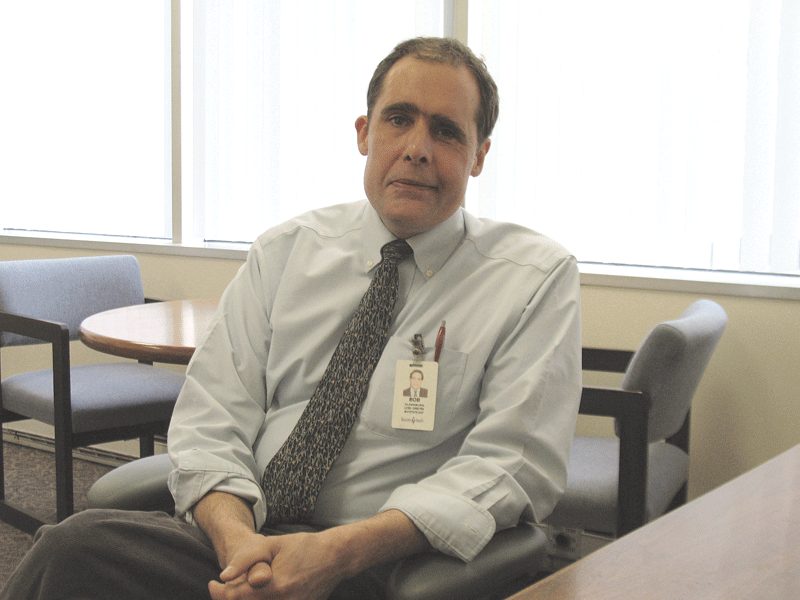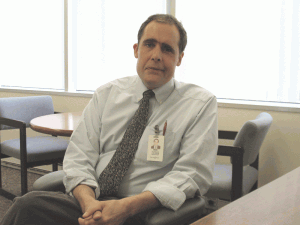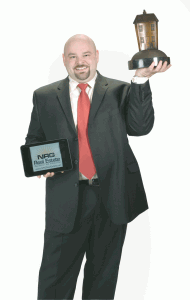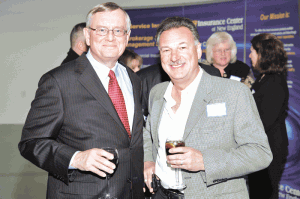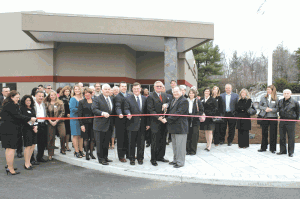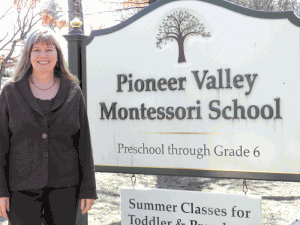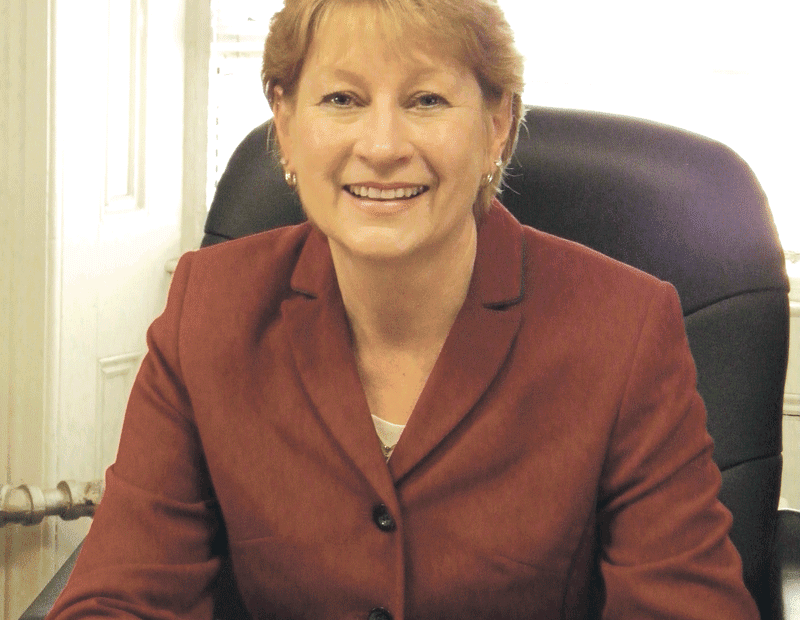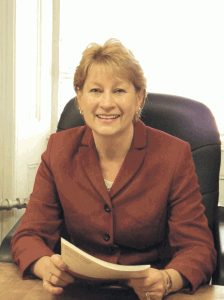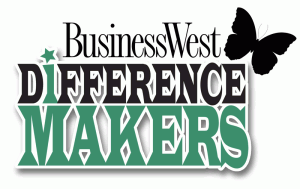The following Business Certificates and Trade Names were issued or renewed during the month of March 2011.
AGAWAM
Insurance Center of N.E.
1070 Suffield St.
David Florian
Knock Out Fitness
297 Springfield St.
Karen Ollari
Sarat Ford Lincoln
245 Springfield St.
John Sarat Jr.
W.C. Pet Care
604 South West St.
Corrine Messenger
AMHERST
Cherewatti Farm
572 North East St.
Ilona Cherewatti
M & M Links
28 Amity St.
Ronnie Abdullah
Studio 116
460 West St.
Daniel R. Cooper
Studio E Haircare
9 East Pleasant St.
Elizabeth Hunt
Swallow Farms Capital Management
9 Swallow Farms Road
William F. Lindsey
Thompson Business Solutions
232 North East St.
Sarah Thompson
CHICOPEE
Monro Muffler & Brake Inc.
451 Memorial Dr.
John N. Van Heel
Roman’s Automotive
524 Chicopee St.
Joseph Kruzel
EAST LONGMEADOW
Fit to Ride
80 Denslow Road
James Pelletier
GiVin Beauty
35 Harkness Ave.
Julie Palazzi
Golden Eon Productions
14 Alandale Dr.
Dyanne Puglia
Subway
24 Shaker Road
John Moylan
GREENFIELD
HGA International
72 Montagne City Road
Andrey Agapov
Tractor Supply Company
72 Newton St.
Scott Sloan
Valle Studio
14 Long Ave.
Kristen P. Valle
HADLEY
Dance the Divine Wedding
128 Bay Road
Tracy Vernon
Gardenscapes
43 East St.
Debra Windoloski
Kellogg Playschool
214 Moody Bridge
Barbara Kellogg
Long Radio
30 Russell St.
Keith Imriglio
New Age Marketing
115 West St.
D. T. Tonchette
Phillips 66
110 Russell St.
Gary Kaneb
HOLYOKE
High St. Liquors
648 High St.
Rajendra B. Pandit
Metras Income Tax
224 Lyman St.
Lena Gauthier
Pat’s Fine Foods
1693 Northampton St.
Sagheer Nawaz
Rack Room Shoes
50 Holyoke St.
Peter R. Barr
Today’s Nails
50 Holyoke St.
Charles P. Tran
LUDLOW
Bella Couture Salon & Day Spa
154 East St.
Michelle Ruark
Marta Law Offices
30 Chestnut St.
Paulo G. Marta
Voyik & Voyik LLC
409 West St.
Jennifer Voyik
NORTHAMPTON
Whole Family Chiropractic
144 Franklin St.
Jill E. Smith
PALMER
Gallagher Trackside Motors
1316 South Main St.
Peter Gallagher
Matrix
1363 Main St.
Manuel F. Esteves
Tony V. Entertainment
65 Springfield St.
Anthony Valley
SOUTHWICK
Allstar Mechanical
57 Granville Road
Scott Grunwald
PJC Property Service
1 Consolini Dr.
Peter Consolini
SPRINGFIELD
A Bica Bar & Grill
278 Main St.
Q & M Christys Inc.
ACC Business
361 Bridge St.
Karen Dionio
All Star Lounge
382 Dwight St.
Victor Bruno
Americacarparts.com
56 West Alvord St.
Wichai Sinpunpakd
Anderson Services LLC
1104 Bay St.
Mark D. Anderson
Antim LLC
32 Hancock St.
Lynn Bledsoe
Aqui Me Quedo Restaurant
15 Locust St.
Luis A. Mejia
Arce’s Tax Service
2460 Main St.
Awilda Hernandez
Ayala Excavating and Trucking
92 Clayton St.
Manuel Ayala
Bia Fitness
560 Nassau Dr.
Krystal M. Say
Celebrating Home
141 Wollaston St.
Yesenia Rodriguez
Chikiyadas Creations
23 Beech St.
Luis A. Torres
DJ Purcyse
30 Amanda St.
Jason L. Culp
Delgado’s Towing
100 Verge St.
Leonel Delgado
Flo Barber Shop
278 Oakland St.
Jason Arias
WESTFIELD
Angelo’s Market
3 Lewis St.
Angel Morales
Back Drop Junction
3 Logan Ave.
David Burgess
Great White Cleaning Company
10 Day Ave.
Scott Texeira
M & W Property Maintenance and Odd Job Service
404 Granville Road
Leslie White
Mount Tekoa Group LLC
254 Falley Dr.
Patricia Richardson
Royal Icings
68 Gary Dr.
Susan Forest
WEST SPRINGFIELD
American Laser Skincare
111 Elm St.
Steven R. Brown
Elm Street Flowers
82 Elm St.
Gail Kelly
Inter-Technologies Inc.
451 Dewey St.
Yury Psehnichny
Kelly Ross Photography
1346 Elm St.
Kelly A. Ross
Lynch Flooring
115 Frederick St.
Peter L. Lynch
R&S Oil
20 Roanoke Ave.
Laura Benoit
Richard’s Deli Restaurant Inc.
875 Memorial Ave.
Brian Cleland
Santiago’s Recycling
203 Circuit Ave.
Daniel Santiago
Scheer Enterprise LLC
14 Colony Road
Joseph Scheer
Super Washing Well Laundry
1126 Union St.
David S. Cortis
Taco Bell / Pizza Hut
298 Memorial Ave.
Taco Bell of America Inc.
Tomasko Electric
848 Elm St.
Richard Tomasko
BANKRUPTCIES
The following bankruptcy petitions were recently filed in U.S. Bankruptcy Court. Readers should confirm all information with the court.
1880 House
LaBelle, Michelle R.
a/k/a Carr, Michelle R.
3704 South Athol Road
Athol, MA 01331
Chapter: 7
Filing Date: 03/13/11
A & O Transport Services
Sluder, Ricky K.
Sluder, Kimberly A.
163 Main St., 2nd Fl.
Athol, MA 01331
Chapter: 7
Filing Date: 02/28/11
Aitighli, Rachid
126 Quabog St.
Warren, MA 01083
Chapter: 7
Filing Date: 03/07/11
AJ Norman Painting Contractors
Normoyle, James P.
11 Maiden Lane
Wilbraham, MA 01095
Chapter: 7
Filing Date: 03/11/11
Anderson, Laurel M.
56 Glenvale St.
Springfield, MA 01119
Chapter: 7
Filing Date: 03/08/11
Baillargeon, Luke R.
72 Walnut St., Fl. 1
Chicopee, MA 01020
Chapter: 7
Filing Date: 03/02/11
Bartlett, Amy Ann
58 New Hampshire Ave.
Pittsfield, MA 01201
Chapter: 7
Filing Date: 03/10/11
Beach, Michelle Lee
a/k/a Heaton-Beach, Michelle
a/k/a Heaton-Beach, Michelle
29 Pilgrim Road
Springfield, MA 01118
Chapter: 7
Filing Date: 03/10/11
Belba, Patricia A.
196 Center St.
Lee, MA 01238
Chapter: 7
Filing Date: 03/08/11
Berkshire Stone Works
Doyle, Albert
Doyle, Jannine
81 Daytona St.
Pittsfield, MA 01201
Chapter: 13
Filing Date: 03/01/11
Duong, Dennis Thanh
a/k/a Duong, Lam Thanh
668 Dickinson St.
Springfield, MA 01108
Chapter: 7
Filing Date: 03/02/11
Boone, Jennifer L.
a/k/a Duda, Jennifer L.
6 McBride Road
Unit B
Wales, MA 01081
Chapter: 7
Filing Date: 03/09/11
Breault, Angela P.
142 Skeele St.
Chicopee, MA 01013
Chapter: 13
Filing Date: 03/02/11
Bullens, Thomas J.
Bullens, Linda S.
31 Pauline Lane
Westfield, MA 01085
Chapter: 7
Filing Date: 03/04/11
Calkins, Nicholas C.
40 Duryea St.
Springfield, MA 01104
Chapter: 7
Filing Date: 03/15/11
Champagne, Luce M.
63 Watson St.
Chicopee, MA 01020
Chapter: 7
Filing Date: 03/04/11
Cote, Douglas A.
Cote, Marya C.
370 Ridge Road
Athol, MA 01331
Chapter: 7
Filing Date: 02/28/11
Coughlin, Hilary W.
107 Wenonah Road
Longmeadow, MA 01106
Chapter: 7
Filing Date: 03/09/11
Crespo, Jose L.
Otero, Sonia N.
193 Santa Barbara St.
Springfield, MA 01104
Chapter: 7
Filing Date: 03/01/11
Crochetiere, Diane Marie
55 Beaumont Ave.
Chicopee, MA 01013
Chapter: 7
Filing Date: 03/03/11
Davies, Frank
310 Stafford St., Apt. 1303
Springfield, MA 01104
Chapter: 7
Filing Date: 03/01/11
Dibrindisi, Dolores T.
60 Avis Circle
Florence, MA 01062
Chapter: 7
Filing Date: 03/07/11
Dicenzo, Michael J.
Dicenzo, Christine A.
P.O. Box 138
Pittsfield, MA 01202
Chapter: 7
Filing Date: 03/04/11
DNA Printworks
McCarthy, Daniel S.
478 Kings Highway
West Springfield, MA 01089
Chapter: 7
Filing Date: 03/09/11
Duquette, Ronald G.
Duquette, Debra M.
368 Holyoke St.
Ludlow, MA 01056
Chapter: 13
Filing Date: 03/08/11
Dwyer, Carroll Henry
54 Bridge St., Apt. 54
South Hadley, MA 01075
Chapter: 7
Filing Date: 03/09/11
Dziadek, Bernard J.
437 Granby Road
South Hadley, MA 01075
Chapter: 7
Filing Date: 03/09/11
Edery, Armand
10 Keefe Ave.
Holyoke, MA 01040
Chapter: 7
Filing Date: 03/11/11
Ela, Richard B.
Ela, Cheryl A.
a/k/a Heinonen, Cheryl A.
40 Yankee Drummer Dr.
Warren, MA 01083
Chapter: 7
Filing Date: 03/14/11
Ezyk, Shane M.
12 Oakdale Place
Easthampton, MA 01027
Chapter: 7
Filing Date: 03/11/11
Farooqui, Amir A.
11 Eastwood Circle
Ludlow, MA 01056
Chapter: 7
Filing Date: 03/14/11
Fiorentino, Angelo M.
340 Cooley St.
Springfield, MA 01128
Chapter: 7
Filing Date: 03/04/11
Fontaine, Doreen F.
945 Jenks Road
Cheshire, MA 01225
Chapter: 7
Filing Date: 03/08/11
Fortes, Gregory E.
102 Memory Lane
Orange, MA 01364
Chapter: 7
Filing Date: 03/07/11
Foss, Judith A.
98 Spadina Parkway
Pittsfield, MA 01201
Chapter: 7
Filing Date: 03/15/11
Getto, Robert A.
34 Whitman St.
Chicopee, MA 01013
Chapter: 7
Filing Date: 03/07/11
Girard, Andrew P.
76 Lakeview St.
Pittsfield, MA 01201
Chapter: 7
Filing Date: 03/10/11
Godin-Conz, Jaclyn Marie
a/k/a Kraus, Jaclyn Marie
35 Ward Ave.
Easthampton, MA 01027
Chapter: 7
Filing Date: 03/09/11
Guyer, Jeffrey A.
Guyer, Amy J.
a/k/a Evangelisto, Amy J.
53 Yorkshire Ave.
Pittsfield, MA 01201
Chapter: 7
Filing Date: 03/15/11
Hasperg, Nicole M.
119 Daniels Terrace
Cheshire, MA 01225
Chapter: 7
Filing Date: 03/15/11
Hirsch, Jeffrey A.
106 Inverness Lane
Longmeadow, MA 01106
Chapter: 13
Filing Date: 03/05/11
Holby, Brenda
365 Main St., #7
Sturbridge, MA 01566
Chapter: 7
Filing Date: 03/11/11
Holloway, Myron C.
858 Silver Lake St.
Athol, MA 01331
Chapter: 7
Filing Date: 02/28/11
Hussain, Irum
11 Eastwood Circle
Ludlow, MA 01056
Chapter: 7
Filing Date: 03/14/11
Ilg, Priscilla M.
120 South Main St.
Orange, MA 01364
Chapter: 13
Filing Date: 03/07/11
Jaime, Janet
39 Hillside Ave.
West Springfield, MA 01089
Chapter: 7
Filing Date: 03/14/11
James, Jade R.
18 Wandering Meadows
Wilbraham, MA 01095
Chapter: 13
Filing Date: 03/07/11
Jenney, Debra L.
26 Duryea St.
Springfield, MA 01104
Chapter: 7
Filing Date: 03/02/11
Kibodya, Mohamed A.
54 Homestead Ave.
Indian Orchard, MA 01151
Chapter: 7
Filing Date: 03/01/11
King, Sharon K.
P.O.Box 1145
Westfield, MA 01086
Chapter: 7
Filing Date: 03/01/11
Knowlton, Richard J.
Knowlton, Ann M.
889 Suffield St.
Agawam, MA 01001
Chapter: 7
Filing Date: 03/02/11
Laramee-Santaniello, Patricia L.
76 Main St.
Wilbraham, MA 01095
Chapter: 7
Filing Date: 03/15/11
Lareau, David R.
138 St. James St.
Chicopee, MA 01020
Chapter: 7
Filing Date: 03/07/11
Latina, Dorothy Rose
3 Heritage Lane
Westfield, MA 01085
Chapter: 13
Filing Date: 03/04/11
Leary, Frances J.
36 Crestwood St.
Springfield, MA 01107
Chapter: 7
Filing Date: 03/03/11
Lehmann, Crystal M.
70 South John St.
Pittsfield, MA 01201
Chapter: 7
Filing Date: 03/14/11
Lemieux, Richard Alan
Lemieux, Carolyn Margaret
17 Fuller St.
North Adams, MA 01247
Chapter: 7
Filing Date: 03/04/11
Lescarbeau, Joy P.
193 North St.
North Adams, MA 01247
Chapter: 7
Filing Date: 03/12/11
Link, Herbert
22 Lessey St. Apt 104
Amherst, MA 01002
Chapter: 7
Filing Date: 03/02/11
Lord, Julie A.
30 Conway St.
South Deerfield, MA 01373
Chapter: 13
Filing Date: 03/11/11
Maldonado, Sylvia
395 Tokeneke Road
Holyoke, MA 01040
Chapter: 7
Filing Date: 03/11/11
Maloney, James E.
Maloney, Angel M.
57 Richmond Ave.
Pittsfield, MA 01201
Chapter: 7
Filing Date: 03/10/11
Manzi Fiorentino, Marie A.
72 Kathleen St.
Springfield, MA 01128
Chapter: 7
Filing Date: 03/04/11
Marhoub, Chaibia
126 Quabog St.
Warren, MA 01083
Chapter: 7
Filing Date: 03/07/11
Mastriani, Vincent
Mastriani, Donna
1050 Carew St.
Springfield, MA 01104
Chapter: 7
Filing Date: 03/07/11
Matosky, Jessica M.
115 Sunridge Dr.
Springfield, MA 01118
Chapter: 7
Filing Date: 03/09/11
Monday, Debra C.
a/k/a DeRose, Debra C.
P.O. Box 418
Ludlow, MA 01056
Chapter: 13
Filing Date: 03/04/11
Nicolazzo, Anthony Pasquale
751 Scott Road
Oakham, MA 01068
Chapter: 7
Filing Date: 03/10/11
Nieves, Rhonda
70 Martel Road
Springfield, MA 01119
Chapter: 7
Filing Date: 03/13/11
Normandin, Jason M.
Normandin, Sandra E.
430 Walnut Hill Road
Orange, MA 01364
Chapter: 7
Filing Date: 03/03/11
Ortiz, Marcelino
82 Bridge St., Apt 6A
Northampton, MA 01060
Chapter: 7
Filing Date: 03/02/11
Pearson, Maria C.
60 Ionia St.
Springfield, MA 01109
Chapter: 7
Filing Date: 03/15/11
Precious Memories Childcare
LaFountain, Melissa L.
a/k/a Cucchi, Melissa L.
440 Fredette St.
Athol, MA 01331
Chapter: 7
Filing Date: 03/13/11
Profit Valley Printing
Ostapovicz, Michael Aaron
391 Pleasant St.
Holyoke, MA 01040
Chapter: 7
Filing Date: 03/09/11
Richardson, Beulah Brooks
699 North Westfield St.
Feeding Hills, MA 01030
Chapter: 7
Filing Date: 03/03/11
Rivera, Roberto
500 Hancock St., Apt.
Springfield, MA 01105
Chapter: 7
Filing Date: 03/02/11
Robert, Michael A.
49 Michael Sears Road
Belchertown, MA 01007
Chapter: 7
Filing Date: 03/08/11
Roberts, Francis M.
1460 Main St.
Palmer, MA 01069
Chapter: 7
Filing Date: 03/11/11
Rodriguez, Alicia
280 Dickinson St.
Springfield, MA 01108
Chapter: 7
Filing Date: 03/09/11
Rodriguez, Julio A.
47 Grosvenor St
Springfield, MA 01107
Chapter: 7
Filing Date: 03/11/11
Routhier, Kevin J.
Routhier, Susan C.
a/k/a Morris, Susan C.
a/k/a Paradysz, Susan C.
16 Exeter St.
Easthampton, MA 01027
Chapter: 7
Filing Date: 03/11/11
Sadler, Christopher G.
P.O. Box 48
Russell, MA 01071
Chapter: 7
Filing Date: 03/01/11
Santiago, Carmen C.
15 Van Horn Place
Springfield, MA 01104
Chapter: 13
Filing Date: 03/02/11
Schwarz, James T.
178 Woodlawn Ave.
Pittsfield, MA 01201
Chapter: 7
Filing Date: 03/10/11
Smith, Dorothy J.
100 Edgemont St.
Springfield, MA 01109
Chapter: 7
Filing Date: 03/04/11
Somes, Wendy K.
3 A Wildwood Lane
Goshen, MA 01032
Chapter: 7
Filing Date: 03/01/11
Sparrow, Michael
22 4th Ave.
Cheshire, MA 01225
Chapter: 7
Filing Date: 03/10/11
Sperry, Norman A.
430 Pleasant St.
Holyoke, MA 01040
Chapter: 13
Filing Date: 03/11/11
Stephenson, Sandra E.
P.O. Box 1426
Holyoke, MA 01041
Chapter: 7
Filing Date: 03/15/11
Stevens, Robert C.
81 Dartmouth St.
Pittsfield, MA 01201
Chapter: 7
Filing Date: 03/10/11
Swan, Kevin S.
Swan, Laurie E.
1747 West Royalston Road
Athol, MA 01331
Chapter: 7
Filing Date: 03/07/11
Thompson, Barbara J.
437 East St.
Chicopee, MA 01020
Chapter: 7
Filing Date: 03/15/11
Tuttle, Mary A.
13A Highland Village
Ware, MA 01082
Chapter: 7
Filing Date: 03/11/11
Unique Designs
Malone, Christopher T.
Malone, Carol E.
a/k/a March-Malone, Carol E.
101 Upton St.
Springfield, MA 01104
Chapter: 7
Filing Date: 03/11/11
Wasuk, David M.
1 Jennifer St.
Lenox, MA 01240
Chapter: 13
Filing Date: 03/09/11
Wasuk, Sue A.
1 Jennifer St.
Lenox, MA 01240
Chapter: 13
Filing Date: 03/09/11
Watkins, Robert D.
376 King Road
Athol, MA 01331
Chapter: 7
Filing Date: 03/13/11
Weber, Scott F.
80 Damon Road #7204
Northampton, MA 01060
Chapter: 7
Filing Date: 03/11/11
Wells, Michael Robert
Wells, Lisa Ann
80 Wheeler Ave.
Springfield, MA 01118
Chapter: 13
Filing Date: 03/02/11
Williams, Kimberly A.
22 Pinney St.
Palmer, MA 01069
Chapter: 7
Filing Date: 03/04/11
Williams, William R.
11 Flynt Ave.
Monson, MA 01057
Chapter: 7
Filing Date: 03/04/11
Wright, Keith M.
3 A Wildwood Lane
Goshen, MA 01032
Chapter: 7
Filing Date: 03/01/11
Wyman, William E.
218 Spring St.
Athol, MA 01331
Chapter: 7
Filing Date: 03/07/11
Zina, John F.
21 Wilson Road
Belchertown, MA 01007
Chapter: 7
Filing Date: 03/03/11



